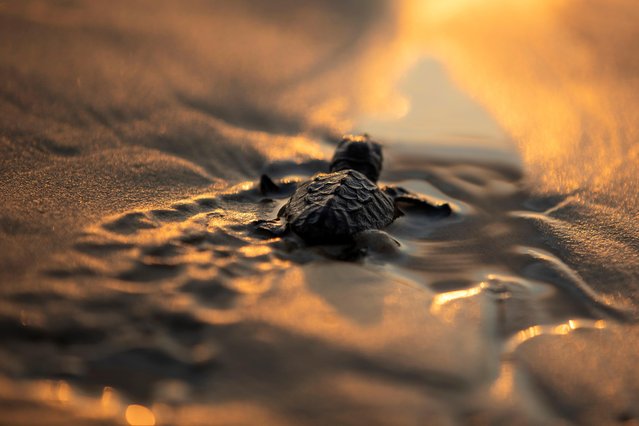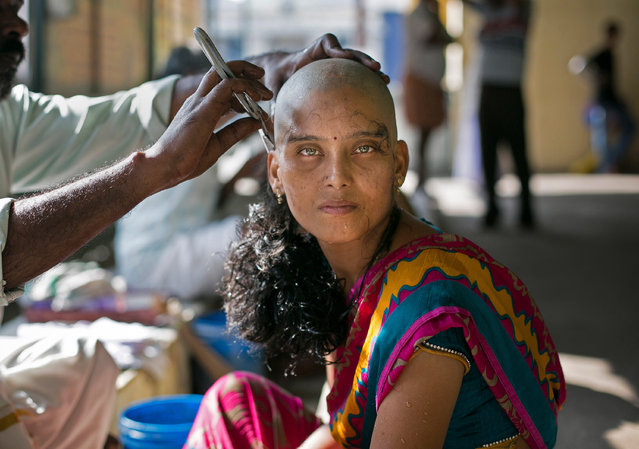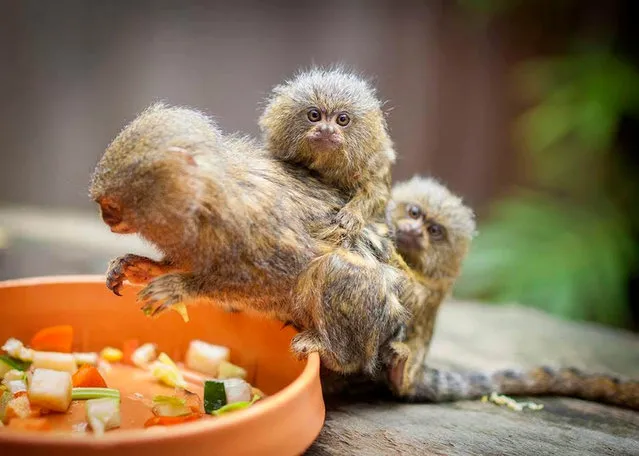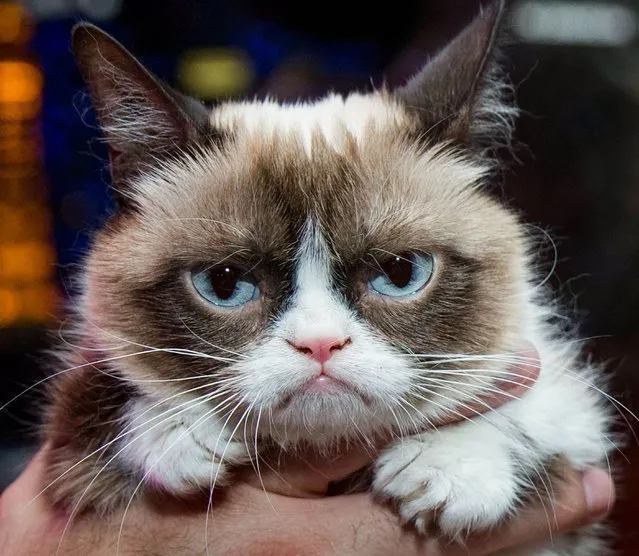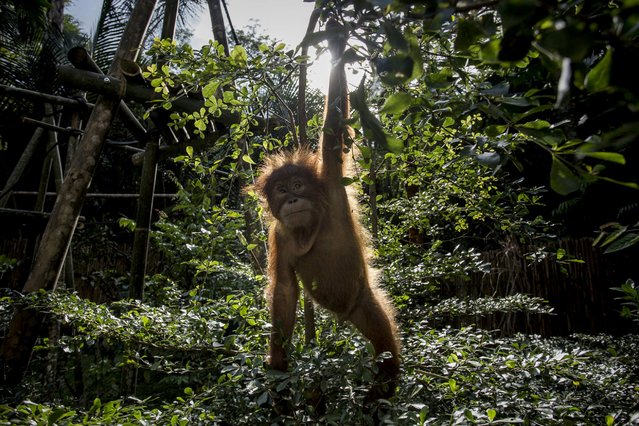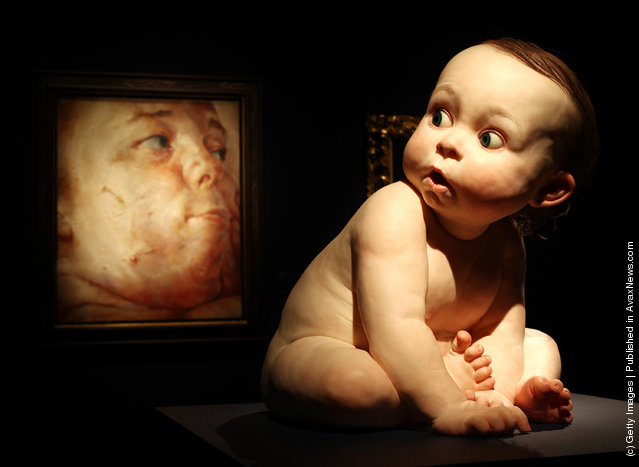
Ron Mueck's “Big Baby” sculpture appears to look round at Jenny Saville's painting “Interfacing” at the Masterpieces Exhibition at Christie's on June 13, 2011 in London, England. The painting and sculpture feature in the exhibition, open to the public from 13th–15th June 2011, which showcases some of the Ј250 million worth of art for sale over the next four weeks. Artists including Michelangelo, Gainsborough, Goya, Stubbs, Monet, Picasso and Renoir are represented. (Photo by Peter Macdiarmid/Getty Images)
14 Jun 2011 09:42:00,post received
0 comments


